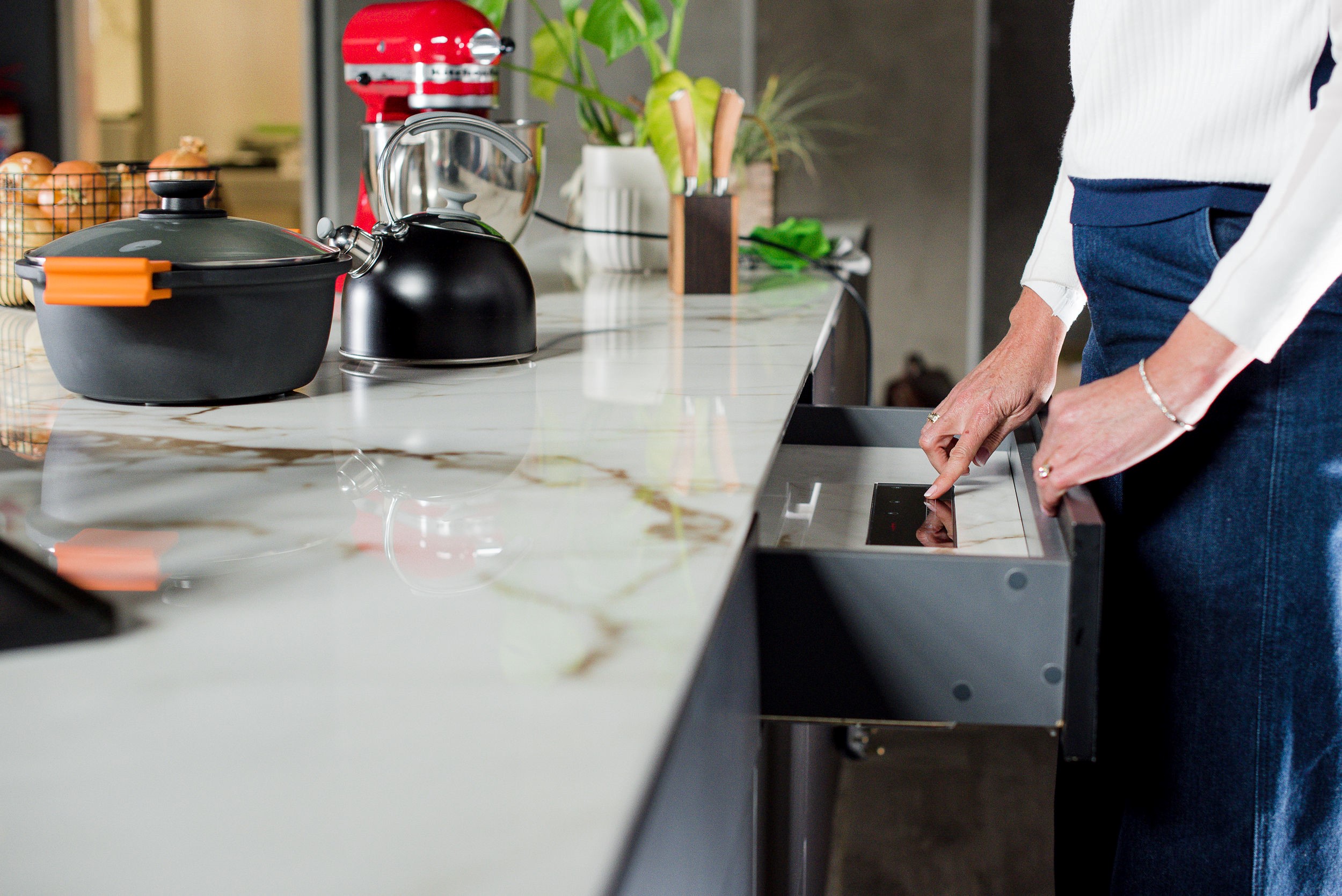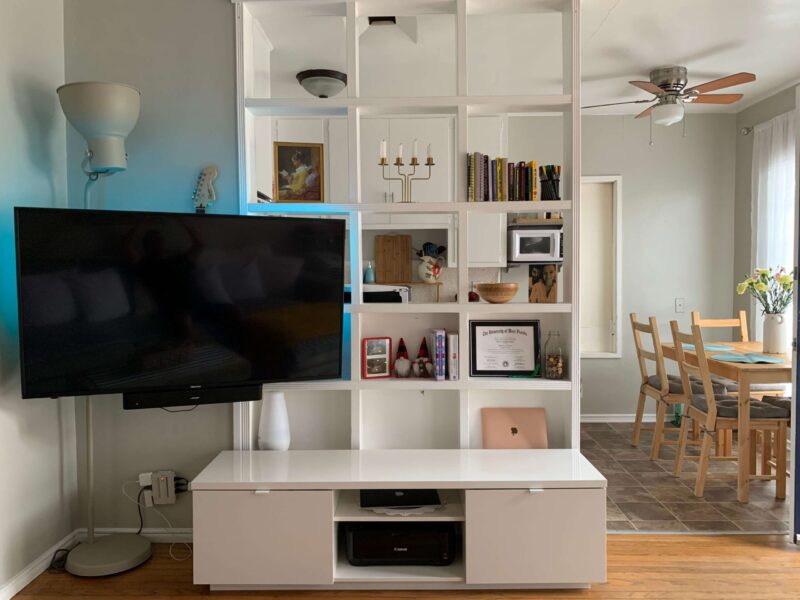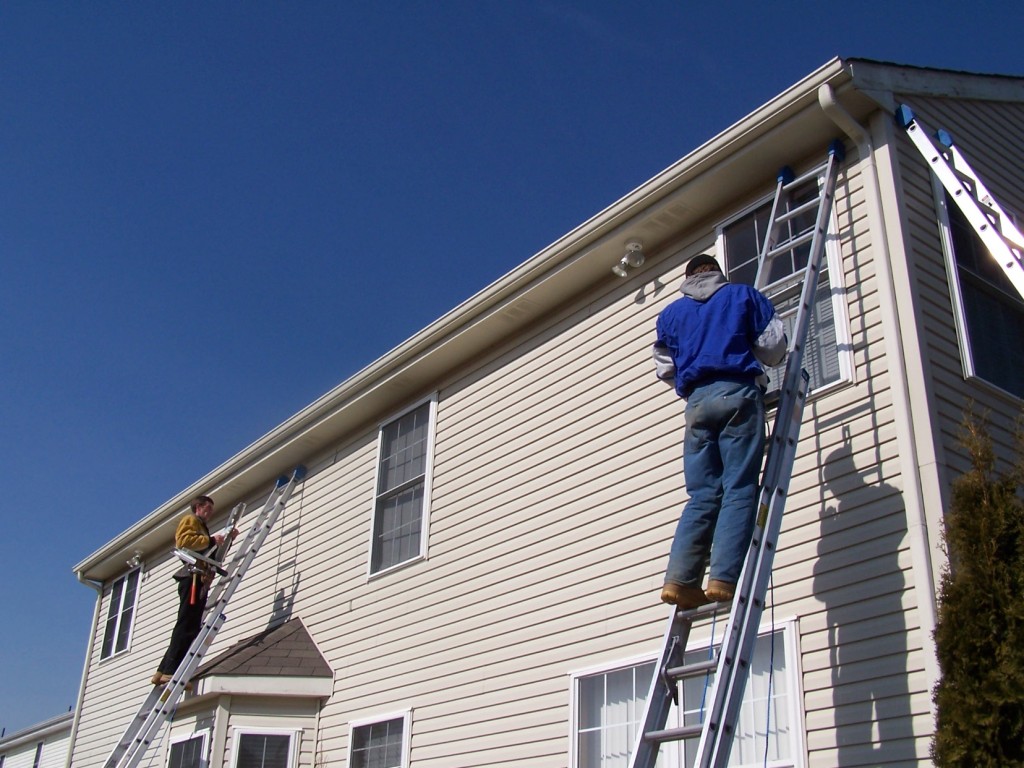Ensuring panel work safety during construction
Construction is a dangerous industry. That’s why it’s essential to always make safety a priority. More projects are being built using tilt-up panels as the construction boom continues. These panels are made of concrete or steel and can be assembled on-site instead of in factories where they are produced. The great thing about this method is that it saves time and money by avoiding costly transportation costs, but there comes with it an increased risk of accidents during installation because each panel weighs up to one ton. If you’re involved in any kind of tilt-up work, please follow these tips for ensuring safety for your workers:
Ensuring that a tilt-up crane is being used correctly and safely
- Use a tilt-up crane that has been adequately inspected, certified and operated by a qualified crane operator.
- Crane footing should be stable and robust enough to support the crane load without shifting or sinking. The construction site should have a crane manager to ensure proper operation, including inspection and maintenance of crane footings. The safety requirements for cranes include:
- Lifting capacity must be determined by actual weight instead of theoretical weight.
- Personnel working under or near a suspended load must wear proper personal protective equipment (PPE) such as hard hats and eye protection goggles when necessary.
- Suppose a worker notices anything unusual about the condition or operation of an overhead travelling crane (elevator), such as excessive vibration or swaying that could affect its ability to lift loads safely. In that case, he should immediately stop using it until repairs are made by trained personnel from his employer’s safety office.
Panel erection should always follow the panel layout plan.
You must follow the panel layout plan and review it with the crane operator, supervisor, and project manager before erecting any panels. After checking it with the personnel, all concerned parties should be notified immediately if a change to the panel layout plan is made.
Allow safe manoeuvring of the crane.
- A clear, unencumbered area next to the panels should be maintained to allow safe manoeuvring of the crane.
- The width of this area should be at least 20 feet (6 metres).
- The space must be free of debris and obstructions so the crane can move quickly.
- It should also be free of equipment that could interfere with crane operation or block access to an area where people are working.
- The clearance above an operating boom should extend at least 6 feet vertically from any point on a panel when it is in position for lifting or lowering. The clearance above wheels must extend at least 10 feet vertically from their end of the rotation.
Safety nets should not be used in lieu of fall protection systems.
Safety nets are designed to catch people who accidentally fall but are not intended to catch people who fall from a great height. They also cannot protect against someone falling at high speed, resulting in severe injury or death.
Fall protection should be provided for all workers.
Several types of fall protection systems can be used to ensure safety, including safety harnesses and lanyards, fall arrest systems, safety nets and lines. However, only one of these should be used at a time: if a worker is wearing a harness or lanyard over an edge, then they will not need to rely on their weight to hang onto it; instead, the strength of their muscles will hold them upright. You do not want any part of your body dangling over an open area; this could result in severe injury or death!
Conclusion
The panel is only as safe as its erection process. If your company is looking to use tilt-up panels on a project, you must take the time to plan out a proper procedure for erecting them and make sure that everyone involved in construction is aware of their importance. This will ensure that no one gets hurt in your building or any other construction site where these panels are used.







